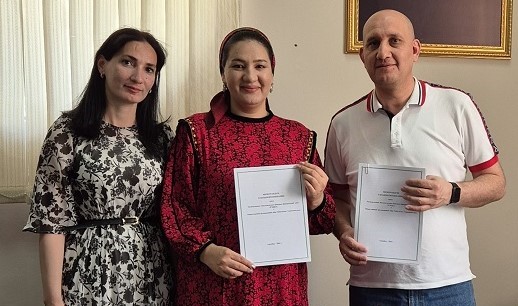The Afghanistan government has announced plans for the construction of two pivotal projects in the energy and water resources sectors. These strategic initiatives are aimed at ensuring the country’s energy security. Both projects will be implemented in the Faryab province, situated in northwestern Afghanistan, near the Turkmenistan border. It is worth noting that the construction of two hydroelectric power stations, “Dahandara” and “Almar,” had been temporarily halted, with progress at 2-3% and 10-15%, respectively.
Abdul-Latif Mansur, Acting Head of the Ministry of Water and Energy, has already visited the prospective construction sites, conducting inspections of the riverbed. Meetings with local authorities were primarily focused on discussions regarding the funding of these significant projects, but an official decision to include them in the budget has not been made thus far. Furthermore, there has been an announcement of intentions to construct the “Sultan Ibrahim” hydroelectric power station in Sar-e Pul. This ambitious project is estimated to cost $200 million and will be financed through the revenues generated from local oil extraction.
Preliminary specifications for the “Sultan Ibrahim” Hydroelectric Power Station are as follows:
Height: 60-70 meters
Capacity: 50 MW
Nonetheless, Afghanistan is grappling with challenges linked to climate change. The persistent drought is starkly demonstrated by a significant reduction in the water flow of the Helmand River, which, in August, was nine times below the historical average.
Previously, authorities had completed the initial phase of the Kushtepa Canal construction, continuing to work on infrastructure projects aimed at fortifying the country during these times of transition.
Source: https://rivers.help/n/1806



